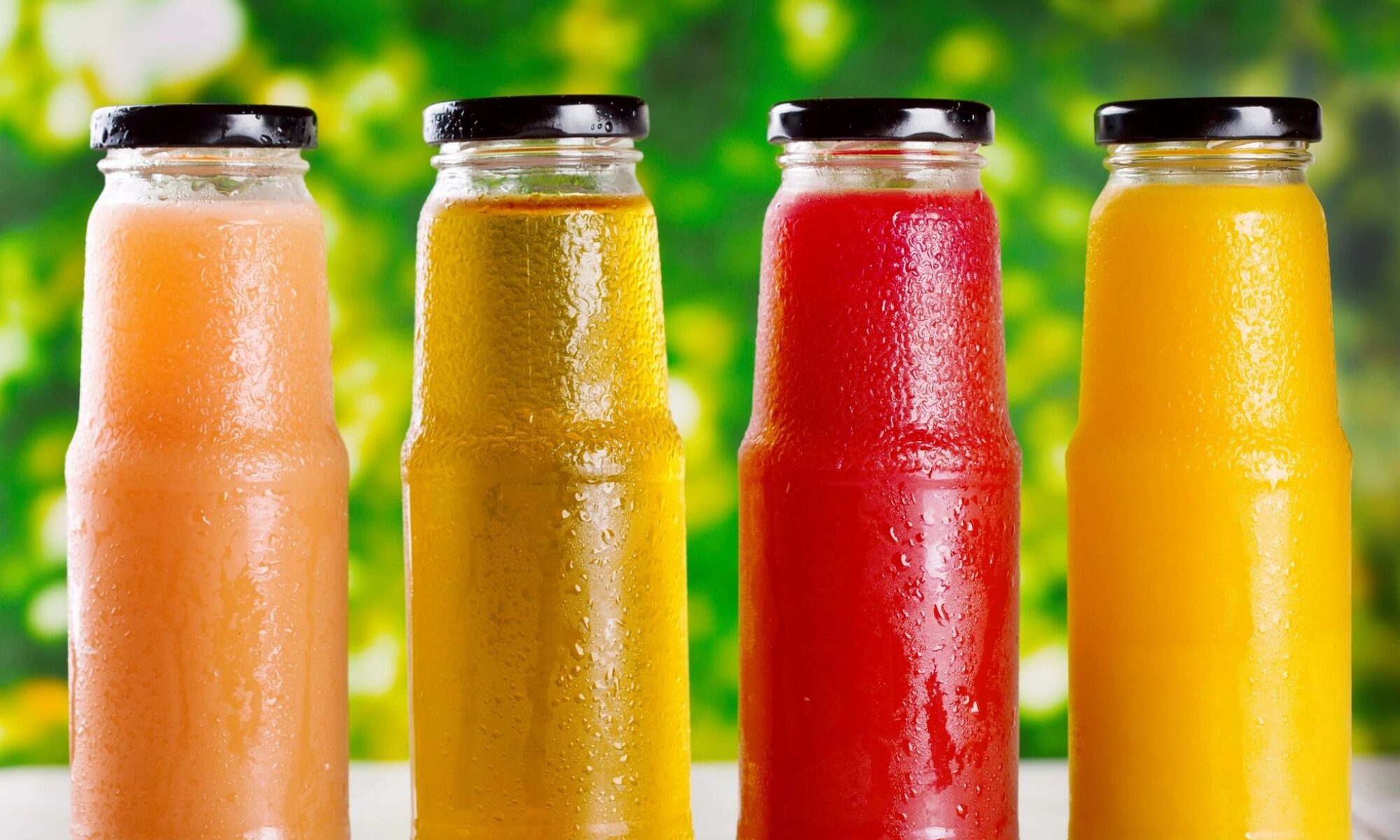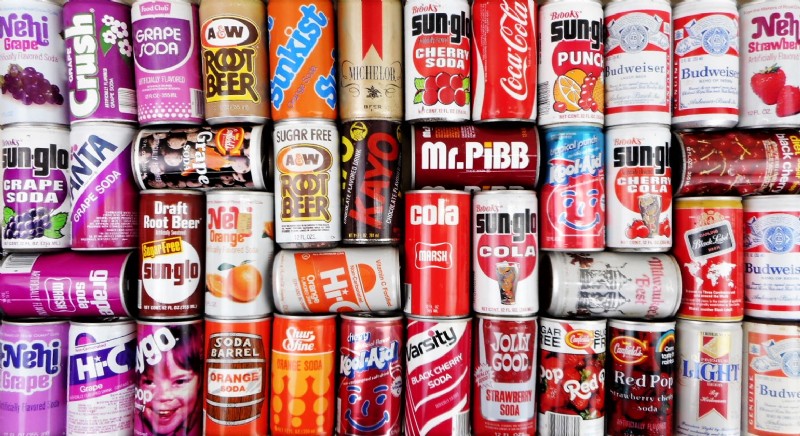
I find myself writing part two of the History of the Beverage Industry and wondering, “geez, how many parts will I have to write?”. I blame all of this additional work on Jim Tonkin @healthybrandman who was underwhelmed by my previous beverage history contribution several months ago! J
When we left you last, we discussed the evolution and history of the non-alcoholic beverage industry, essentially, the birth of the carbonated soft drinks. Today, we are going to discuss what came next and the eventual boom of “new age” or “good for you” beverages and the levels and platitudes these brands created.
What about Fruit Juice?
Sodas aren’t the only non-alcoholic drinks that have had a lightning-fast rise to fame, impeccable reputation for improving health, and a similar downfall. There is, of course, fruit juice, especially the ready to drink kind that has ended up being the most widely consumed.
Much like soda, fruit juice was also a somewhat healthy-looking concept in its inception, although it has been around for much longer in a non-commercial iteration. There are different definitions of juice, depending on whether you’re looking at the American or British market terminology and regulations. However, fruit juice is essentially a drink made by extracting a fruit’s natural liquid.
As such, it was referenced as early as 100BC-70BC, according to Steven Bailey’s Juice Alive: The Ultimate Guide to Juicing Remedies. It’s safe to say that all ancient civilizations had their own preferred fruit juice combination. However, fruit juice as a commercial product came onto the market much later, around the same time that soda drinks did.
There are several definitions of “fruit juice”:
- 100% Fruit Juice, which as its name states, must contain 100% fruit juice. However, in the mid 1980’s and 1990’s, manufacturers blurred the lines by using very little “named fruit juice” (the name of the fruit juice they are featuring) and started adding apple juice, pear juice, and white grape juice to fill the definition of 100% juice. We call them fillers because they are essentially used like cheap sweeteners, without adding sugar itself, and have little or no nutritional value. You can actually taste when a juice brand is using these fillers.
- Juice Cocktails are another advent. Must juice cocktails contain about 10% or more fruit juice, but usually far less than 100% juice. Many don’t exceed 155 or 20% juice. They are often sweetened with high fructose corn syrup (besides cost, does anyone know why the industry would ever use a this horrible sweetener? —but I digress), cane sugar, Stevia, Erythritol, Monk Fruit, and even artificial sweeteners. Some contain natural and/or artificial flavors or colors.
- Juice drinks contain absolutely no fruit juice whatsoever, but are sold as Juice “drinks”, which is fairly misleading. If you drank these as a kid, guess what? No juice whatsoever.
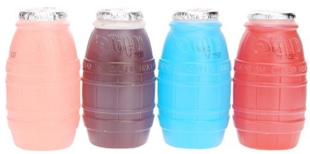
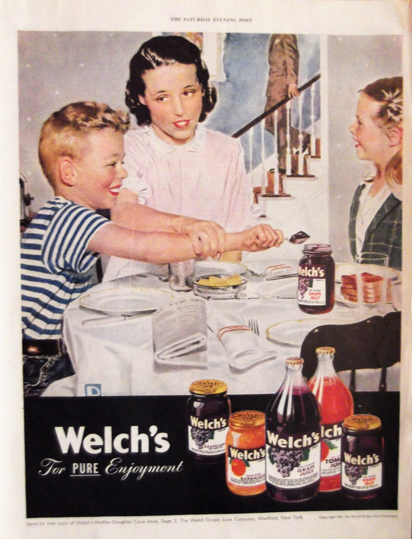
The main obstacle to selling freshly produced juice is, of course, its short shelf life — but that changed in 1869 when Thomas Branwell Welch pasteurized fruit juice. Welch was a physician and dentist, religiously against the manufacturing, selling, and consuming of alcoholic beverages. This moved him to come up with a way to halt fruit juice’s fermentation to alcohol, which effectively created the first ready to drink juice.
Welch named his unfermented grape juice Dr. Welch’s Grape Juice, which his son Charles later renamed to Welch’s Grape Juice. Dr. Welch then began advertising it as a remedy to all chronic diseases “except Diabetes Melitus.” The drink was hugely successful until the 1920s and the Prohibition, which saw the rise of soda. However, Welch’s Grape Juice survived those hard times, and it paved the way for other ready to drink juice brands.
The Orange Juice Craze
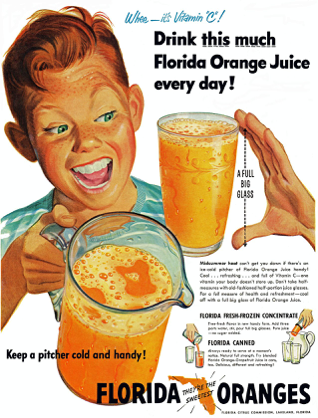
Another juice craze that would grip America originated from the need of the government to provide a transportable Vitamin C product to their troops during World War II. Back then, canned orange juice was the only option on the market, and scientists were tasked with coming up with something that is transported more easily. That is how frozen concentrated orange juice came to be — three years after the end of World War II.
However, the problem with both concentrated and pasteurized orange juice is that the process of creating it removes the juice’s natural flavor. That means that some of it has to be put back into the product via the so-called flavor packs — and they are full of additives. For the longest time, these juices were marketed to consumers as a natural, healthy option, but they, in fact, are not.
Despite not being a ready to drink option, frozen, concentrated orange juice kicked off the trend. But by the 1980s and 1990s, the industry had reconstituted ready to serve orange juice and “not from concentrate” orange juice. These inventions turned it into a quintessential American breakfast drink, and fruit juice became a way of life for consumers over the next few decades.
The History of Ready to Drink Tea
On the other hand, a product that is seeing a worldwide increase in sales is ready to drink tea. This industry had humble beginnings as well, starting with the first commercialization of iced tea back in 1904 when English merchant Richard Blechnynden cooled his pre-made tea with ice in an effort to sell it in the sweltering heat of the Louisiana Purchase Exposition. The U.S. had known iced tea before, as there are some Civil War-dated references to it. However, the market didn’t really boom until the ‘90s.
Going National
In 1993, ready to drink teas went into nationwide production and distribution, offering a wider range of products than ever before. The industry that started with black tea based products expanded to different branches such as juice blends, unsweetened iced tea, and diet iced tea. The brands that carried the evolution of ready to drink tea were Arizona and Snapple, starting with bottled and canned tea.
Leading Ready to Drink Brands
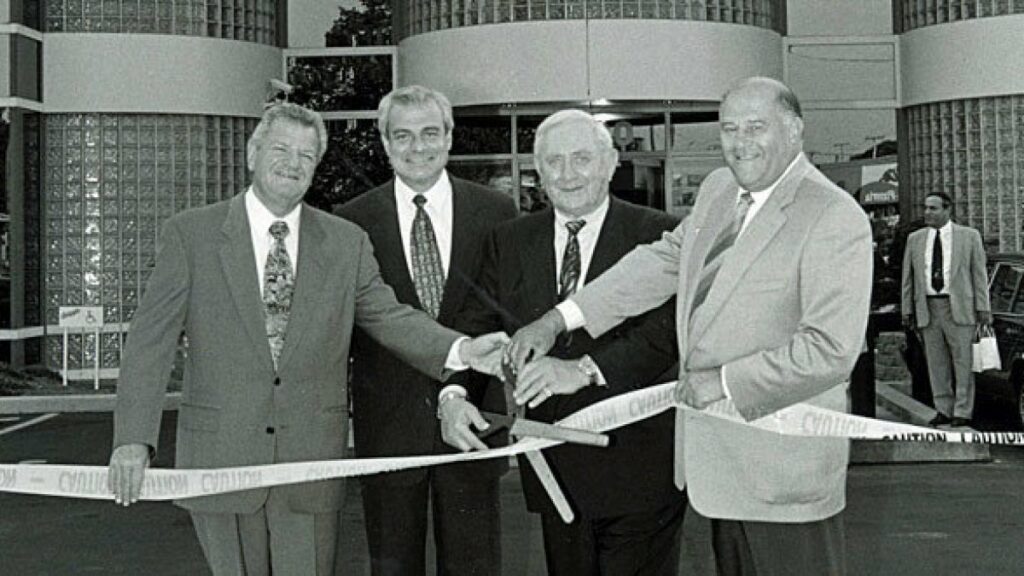
Snapple and Soho Soda and a small handful of others created the New Age Beverage Category by first launching gourmet juices, then natural sodas and seltzers and then ready to drink iced teas. Lipton and Nestea were already making iced teas, but they contained artificial ingredients and were mostly in cans. Additionally, Snapple was one of the first independent beverage companies to bottle their products in a custom, proprietary bottle. The other company to do that at the time was Soho Soda, one of the first natural soda brands.
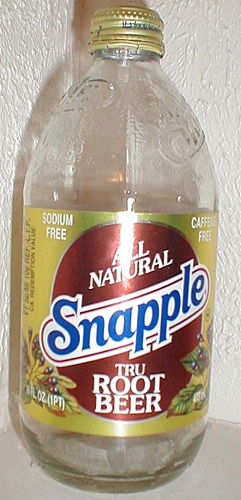
Snapple began as a joint venture of Arnold Greenberg, Leonard Marsh and Hyman Golden in 1972. Envisioned as a carbonated fruit juice, the first iteration of Snapple exploded in the bottles after fermenting, which earned it its name. A few years later, they produced a ready to drink iced tea, bottling the tea while it was hot. That way, they eliminated the need for additives, which reinforced their all-natural, homemade marketing angle.
After having grown throughout the 80’s, Snapple was sold in 1994 to the Quaker Oats Company for $1.7 billion, which also owned Gatorade, a sports drink invented in the 70’s to help the Florida Gators football team performance. Quaker Oats intended to maintain the popularity of Snapple by implementing strategies similar to what they used with Gatorade, but it didn’t work. With bigger bottles and a lack of charismatic company employees like Wendy Kaufman who carried Snapple’s marketing campaigns, the brand lost a lot of its appeal for consumers. Just 4 years later, Quaker sold Snapple to Triarc for $300 million. They previously purchased Mistic from Joe Umbach for $95 million. Triarc slowly began restoring Snapple’s popularity.
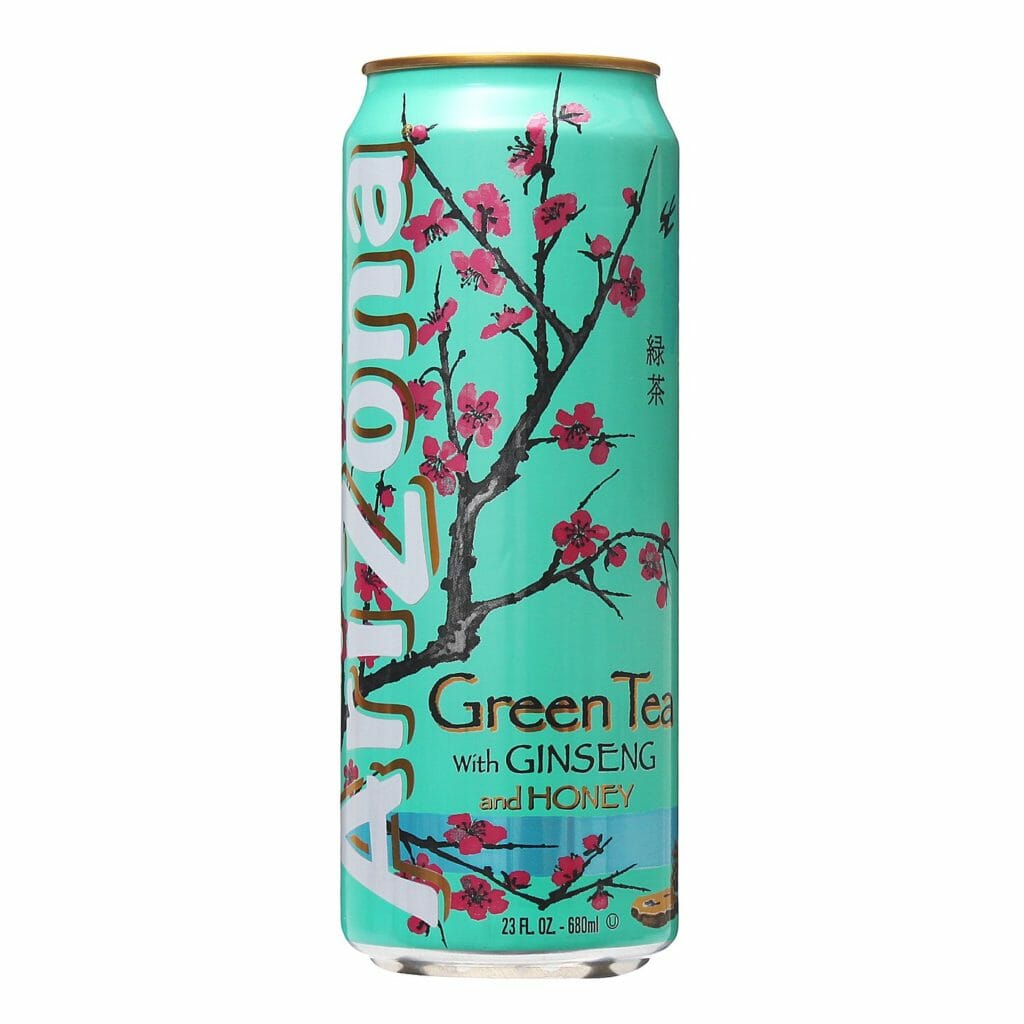
Then Don Vultaggio and John Ferolito took the market by storm with Arizona Iced Tea by putting it in a 24-ounce tallboy can and charging 99 cents for it. Similarly to how Pepsi tried to outshine Coca-Cola by offering more of the product for the same price, Vultaggio thought that it would be the best way to take over Snapple, which was on the height of its popularity at the time.
Using beautifully decorated cans and incredibly uniquely labeled custom glass bottles, Arizona Iced Tea sped to the top of the Iced Tea category outselling all other competitors.
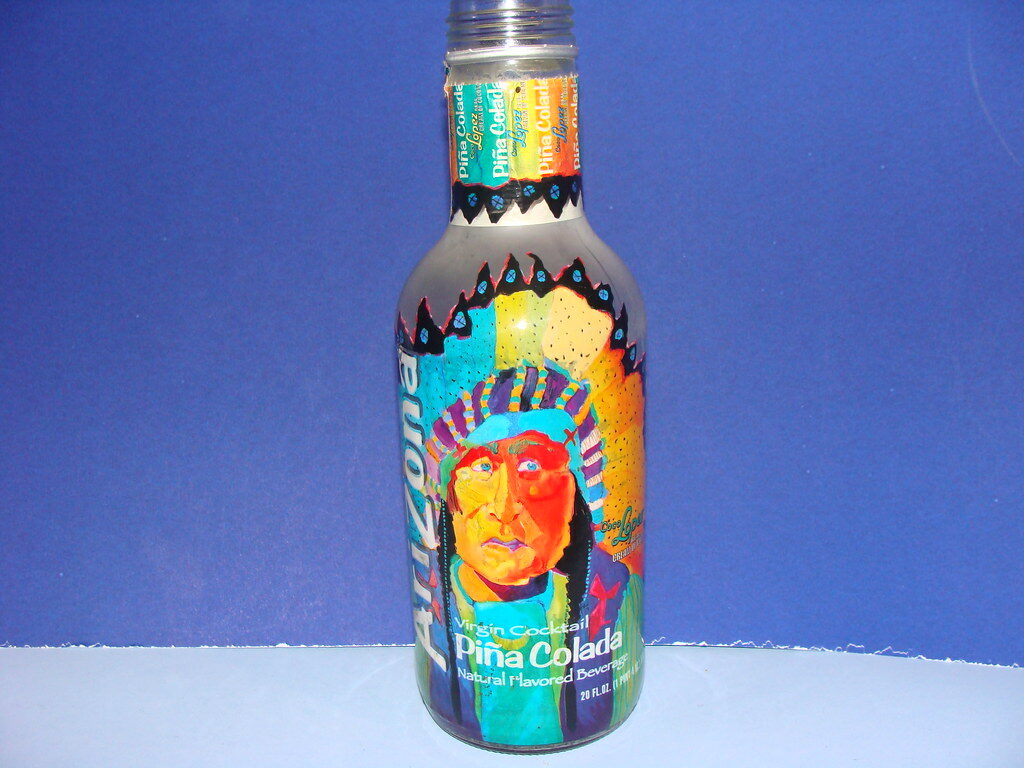
Today, Arizona is behind only Lipton in sales when it comes to canned and bottled teas, but still going strong.
What about Soho Soda?
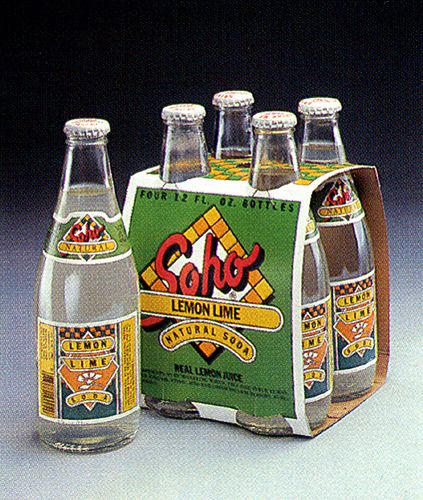
Soho Soda was started by Sophia Collier and Connie Best in 1977 and built it to a $20 million + brand before selling it to the Seagrams Beverage Company in 1989 for $14 million. Seagrams destroyed the brand in record time trying to save money by decreasing the 12 ounce bottle to a 10 ounce bottle and increasing the cost to distributors and retailers while changing the ingredients to save money. What followed was a much different beverage. And with brands like Clearly Canadian, Original New York Seltzer, and Zeltzer Seltzer nipping at their heals, Seagrams quietly sold the brand for a huge loss. They were fond
Soho Soda and Snapple were some of the first pioneers of the better for you beverage industry.
Key Takeaways
The beverage industry has come a long way since its inception in the late 1700s. From the hands of pharmacists, it slowly transferred into the hands of businessmen and advertisers, who are largely responsible for the breakneck speed of its growth. It developed at the same pace new technologies did, allowing the manufacturers and distributors to break old boundaries with each passing year. This process eventually resulted in the massive industry we know today.
However, with consumers beginning to turn more to healthier and more environmentally-friendly options, the industry as we know it today is certainly going to keep changing. For every aspiring beverage entrepreneur, it’s important to follow industry insights and draw conclusions about the potential direction of the development of the industry itself. Opportunities for innovation might be just around the corner.
